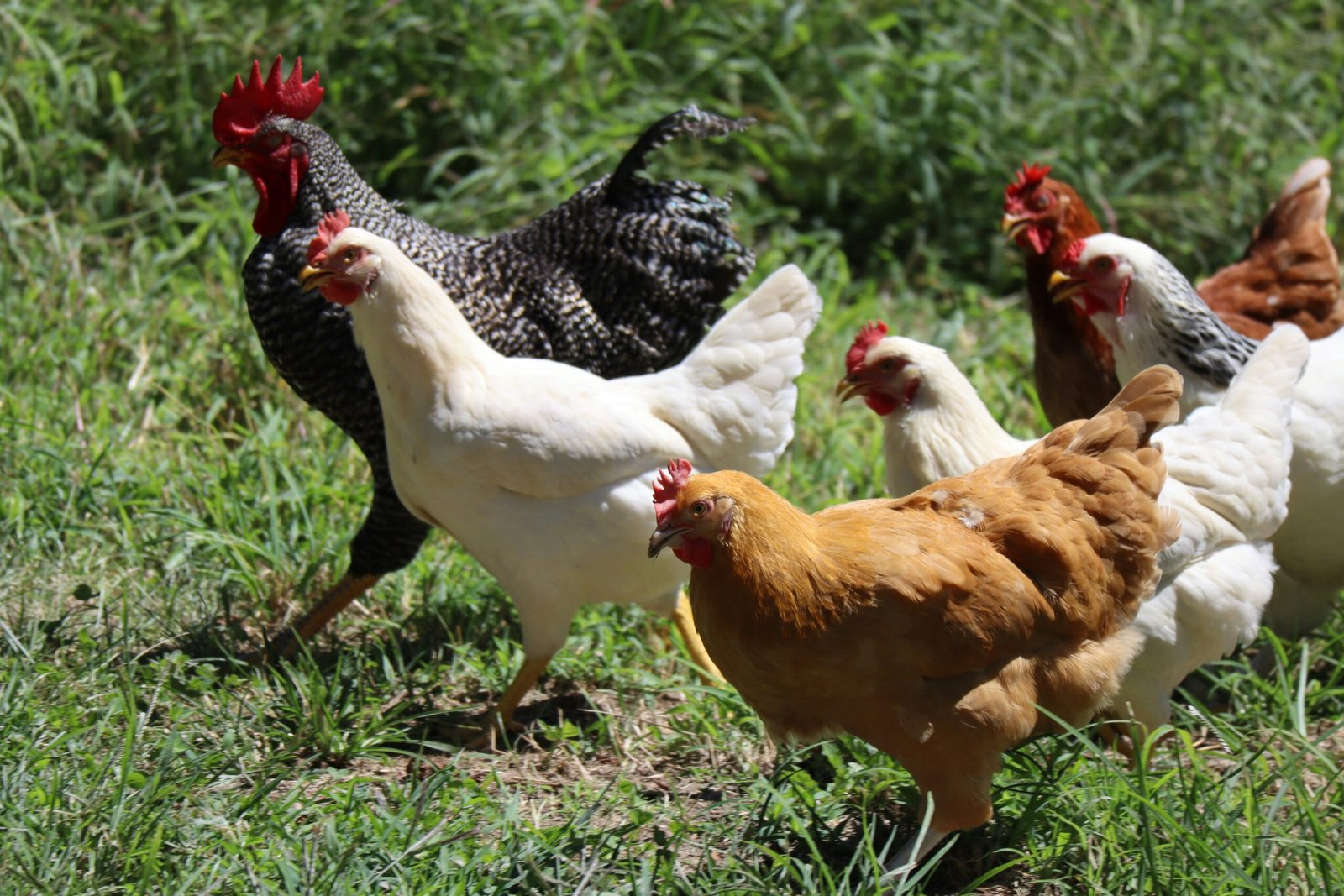Keeping your backyard chickens hydrated is essential for their health and well-being. Providing them with a reliable and clean water source is crucial, especially during hot summer months. In this article, we will compare different watering systems for chickens, ranging from simple DIY options to high-tech automatic systems. We will discuss how to set them up and keep them clean, ensuring your feathered friends have access to fresh water at all times.
1. Gravity-Fed Dispensers
One of the simplest and most cost-effective options for watering your chickens is a gravity-fed dispenser. These systems work by using gravity to fill and replenish the water container as the chickens drink. To set up a gravity-fed dispenser, you will need a water container, such as a bucket or a large water jug, and a waterer base with a small trough or nipple attachment.
Attach the waterer base to the container, making sure it is secure and doesn’t leak. Fill the container with clean water and place it in a shaded area to prevent algae growth. The water will flow into the trough or nipple, allowing your chickens to drink whenever they need to. Regularly check and clean the dispenser to ensure it remains free of debris and contaminants.
2. Bell or Poultry Nipple Systems
Bell or poultry nipple systems are another popular choice for backyard chicken owners. These systems use a small, spring-loaded nipple that the chickens can peck at to release water. The water is contained within a bell or cone-shaped container, which helps prevent spillage and keeps the water clean.
To set up a bell or poultry nipple system, you will need a water container with a bell or cone attachment and poultry nipples. Attach the nipples to the container, ensuring they are tightly secured. Hang the container at a height that is easily accessible for your chickens. As they peck at the nipples, water will be released into their beaks. Regularly check and clean the system to prevent clogs and bacterial growth.
3. Automatic Watering Systems
If you’re looking for a more high-tech solution, automatic watering systems are a great option. These systems use sensors or timers to automatically dispense water to your chickens. They ensure a constant supply of fresh water and reduce the need for manual refilling.
There are various types of automatic watering systems available, including float valves, pressure regulators, and electronic sensors. Float valves work by automatically filling the water container when the water level drops. Pressure regulators maintain a constant water pressure, while electronic sensors detect when the chickens approach the waterer and dispense water accordingly.
Setting up an automatic watering system may require some technical knowledge, so it’s important to carefully follow the manufacturer’s instructions. Regular maintenance and cleaning are essential to keep the system functioning properly and to prevent any blockages or contamination.
Keeping Water Systems Clean
Regardless of the watering system you choose, keeping it clean is vital for your chickens’ health. Here are some tips to ensure clean water:
- Regularly check and clean the water containers to remove any debris or algae.
- Change the water at least once a day, especially during hot weather.
- Use clean, fresh water from a reliable source.
- Provide shade for the water containers to prevent overheating and algae growth.
- Consider using water additives, such as apple cider vinegar, to promote good gut health in your chickens.
In conclusion, choosing the right watering system for your backyard chickens depends on your budget, technical abilities, and personal preferences. Whether you opt for a simple gravity-fed dispenser, a bell or poultry nipple system, or a high-tech automatic system, ensuring clean and accessible water is essential for the well-being of your feathered friends. Regular maintenance and cleaning will help keep the water systems in optimal condition, ensuring your chickens stay hydrated and healthy.





